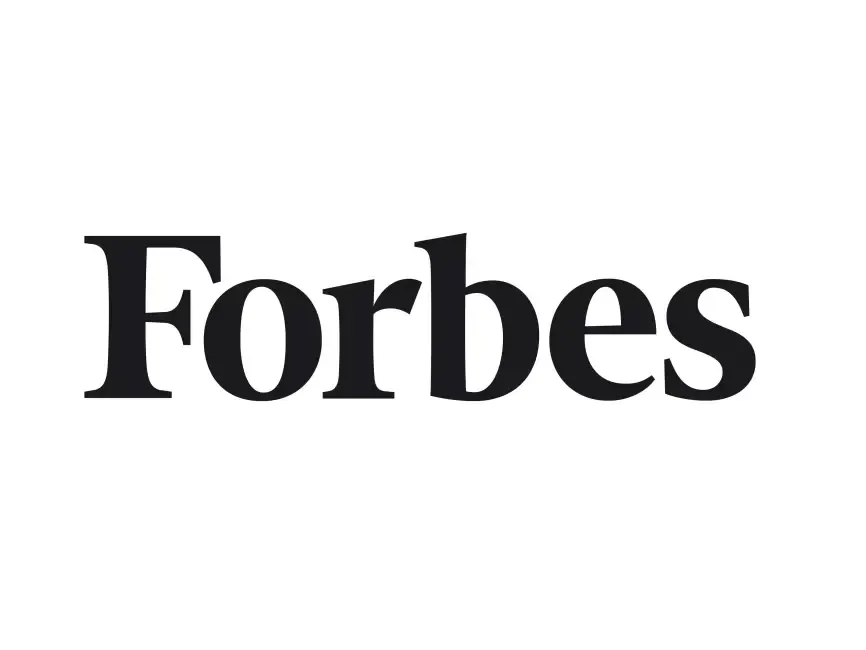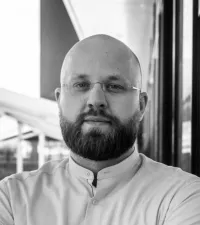BRIDGING RESEARCH, TECHNOLOGY, AND THE GAMING WORLD
Your partner in cutting-edge software development
Our mission is to transform human well-being and human-computer interaction. We do this by integrating virtual reality, augmented reality, and artificial intelligence technologies. At the heart of our philosophy is game-therapy. We create innovative, scientifically grounded, yet playful solutions for a wide range of challenges.

IMPACTFUL TOOLS FOR A BETTER QUALITY OF LIFE
Our products
ClaustrOFF
A game created with cutting-edge research to help you overcome fears in a safe, engaging, and effective way
NeuroBoostVR
Innovative exercises for seniors and others to improve motor skills, balance, and orientation with simple, effective activities
VIRADIA
Virtual Reality Platform for Early Diagnosis of Neurodegenerative Diseases, Revolutionizing Neurological Diagnostics
Experience the full power of VR for positive well-being
With a commitment to innovation and the transformative power of VR, we aim to make a lasting impact on mental health, education, industry, and personal growth, all grounded in scientific research and designed to enhance well-being worldwide.

GROWTH THROUGH INNOVATIONS
The GAMETHERAPY model
We harness the power of new technologies. By making care and training more accessible and tailored, we empower individuals and organizations to thrive. Rooted in scientific research, our innovative approach drives meaningful change, transforming mental health, education, healthcare, industry, and personal growth on a global scale.
SOLUTIONS THAT MAKE AN IMPACT
Immersive solutions for mental health and beyond
Our primary focus is on creating immersive applications that empower individuals to overcome challenges like anxiety, phobias, and neurological conditions. These solutions are designed to enhance well-being and unlock potential across various aspects of life, showcasing our expertise in innovative and impactful technologies.
Engaging VR/AR solutions for soft skills training
Evaluation in neurology and rehabilitation
General education
Personal development
Industrial training
Industry 5.0 applications

Join the Mind Heaven Community!
Be part of our journey to transform mental health care and well-being through innovation and gamification. By signing up, you’ll gain access to exclusive psychological content, enjoy discounts on our products, and stay updated with the latest news about our projects. You’ll also discover unique content like game stories and behind-the-scenes insights into our app development process. We value your ideas and feedback to make our games even better. Join us, become a co-creator, and help shape the future of the Mind Heaven Community!

How to Stay Calm in Tight Spaces: Coping Strategies for Claustrophobia
How to Stay Calm in Tight Spaces: Coping Strategies for Claustrophobia

"Feeling trapped doesn’t have to lead to panic. With the right tools and mindset, you can stay calm and take back control, even in the smallest spaces." – Dr. Martin Polák
Claustrophobia, the fear of tight or enclosed spaces, can make everyday situations like riding an elevator or sitting in a crowded room feel overwhelming. But with proven coping strategies, you can manage this fear and find calm in situations that once seemed unbearable. In this guide, we’ll explore practical techniques to help you stay composed in tight spaces and work toward overcoming claustrophobia altogether.
Understanding Claustrophobia: Why Do Tight Spaces Cause Anxiety?
Claustrophobia stems from the fear of being trapped or unable to escape. This can trigger your brain’s fight-or-flight response, leading to physical symptoms like a racing heart, shortness of breath, and dizziness. Recognizing these reactions is the first step toward managing them effectively.
Common Triggers of Claustrophobia
Elevators
Crowded buses or trains
Airplane cabins
MRI machines or tunnels
Why Tight Spaces Feel Overwhelming
For many, it’s not the space itself but the perception of being out of control or unable to escape that triggers anxiety. By shifting this perception, you can begin to reduce the fear.
Top Strategies to Stay Calm in Tight Spaces
Here are actionable techniques to help you manage anxiety when you find yourself in confined areas.
1. Practice Controlled Breathing
One of the most effective ways to calm your body during anxiety is through controlled breathing.
How to do it:
Inhale slowly through your nose for 4 seconds.
Hold your breath for 4 seconds.
Exhale slowly through your mouth for 6 seconds.
Why it works: Controlled breathing slows your heart rate and helps prevent hyperventilation, keeping you grounded.
2. Use Positive Self-Talk
The way you speak to yourself during stressful situations can influence your anxiety levels. Replace negative thoughts like “I can’t handle this” with affirming ones like “I am safe, and I can stay calm.”
Tip: Repeat a calming mantra, such as “This is temporary, and I am okay.”
3. Focus on Your Surroundings
Shifting your attention away from your fear can reduce its intensity.
How to do it: Use the 5-4-3-2-1 grounding technique:
Name 5 things you can see.
Name 4 things you can touch.
Name 3 things you can hear.
Name 2 things you can smell.
Name 1 thing you can taste.
4. Visualize a Calming Space
Close your eyes and imagine yourself in a peaceful, open area. Picture the sounds, smells, and sensations of this place to distract your mind from the tight space around you.
5. Gradual Exposure to Tight Spaces
Avoiding confined spaces reinforces the fear. Gradual exposure helps you desensitize to these situations over time.
How to start: Begin with small steps, like standing near an elevator, and gradually progress to riding one for a few floors.
6. Use a Comfort Item
Holding onto something familiar, like a stress ball or a favorite piece of jewelry, can provide reassurance during moments of anxiety.
7. Engage in Mindfulness
Mindfulness keeps you focused on the present moment, reducing anxious thoughts about what might happen.
How to practice: Pay attention to your breath or notice the sensations in your body. Remind yourself that you are safe.
Preventing Anxiety in Tight Spaces
While these strategies help in the moment, preparing for situations that trigger claustrophobia can reduce anxiety before it even begins.
1. Plan Ahead
If you know you’ll be in a tight space, practice relaxation techniques beforehand. Visualize yourself staying calm and confident in the situation.
2. Use Technology
Apps like Calm or Headspace offer guided breathing exercises and meditations designed to help manage anxiety.
3. Seek Support
Having a friend or family member accompany you in challenging situations can provide comfort and encouragement.
The Role of Professional Help
If claustrophobia significantly impacts your daily life, seeking professional assistance can make a big difference.
Cognitive Behavioral Therapy (CBT)
CBT helps you identify and challenge the thought patterns fueling your fear, replacing them with healthier perspectives.
Exposure Therapy
Working with a therapist to gradually face tight spaces in a controlled environment can reduce fear and build confidence.
Virtual Reality (VR) Therapy
VR therapy offers a safe way to practice exposure to tight spaces, like elevators or airplane cabins, with the support of a therapist.
Scientific Insights on Claustrophobia and Coping Strategies
Research highlights the effectiveness of these strategies:
Behavior Research and Therapy (2022): Gradual exposure therapy reduces claustrophobia symptoms in over 80% of participants.
Journal of Anxiety Disorders (2023): Mindfulness and controlled breathing significantly lower anxiety in confined spaces.
Cyberpsychology, Behavior, and Social Networking (2023): VR therapy improves confidence in managing claustrophobia triggers by 75%.
Overcoming Fear: Small Steps Lead to Big Changes
Facing tight spaces can feel daunting, but each small victory builds your resilience. By using breathing techniques, positive self-talk, and gradual exposure, you can learn to stay calm and regain control in challenging situations. Remember, progress takes time, and every step forward is a step toward freedom from fear.
References
Antony, M. M., & Swinson, R. P. (2023). Effective therapies for specific phobias. Journal of Anxiety Disorders.
Wiederhold, B. K., & Riva, G. (2022). Virtual reality in desensitization therapy. Cyberpsychology, Behavior, and Social Networking.
Hofmann, S. G., & Smits, J. A. J. (2023). Mindfulness strategies for managing anxiety. Clinical Psychology Review.






